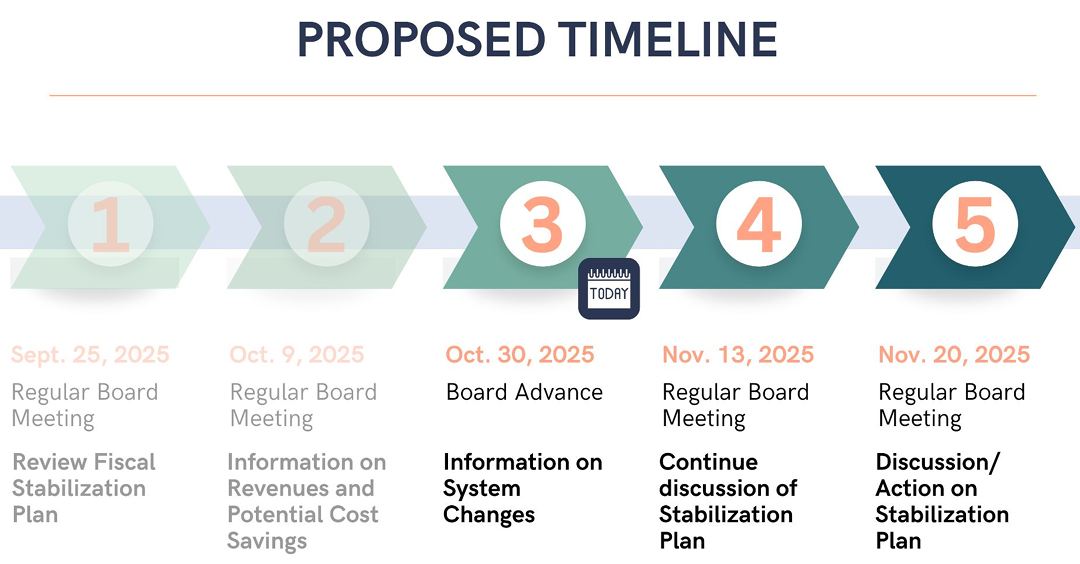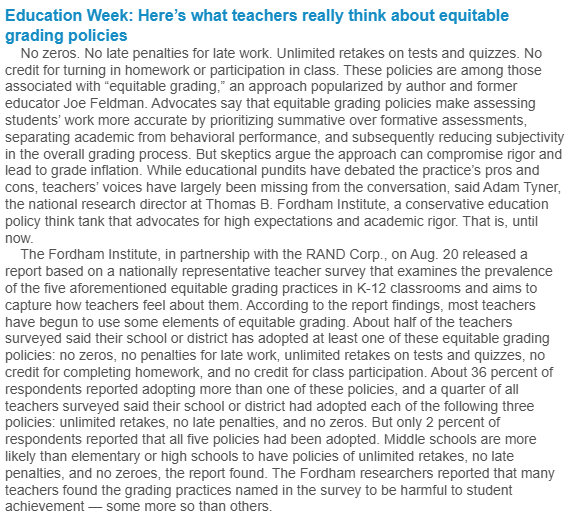In response to Texas’s 2025 mid-decade redistricting plan, which aims to add five Republican-leaning congressional seats, California Governor Gavin Newsom has proposed Proposition 50 to redraw California’s congressional districts to favor Democrats, offsetting potential losses in Congress. This proposal, driven by the Democratic supermajority in the state legislature, seeks to temporarily transfer redistricting authority from the California Citizens Redistricting Commission (CRC) to the legislature for the 2026, 2028, and 2030 elections.
Legal Context and Constitutional Changes
Under the California Constitution, the CRC, an independent 14-member body established by Proposition 11 (2008) and Proposition 20 (2010), is responsible for redrawing congressional and state legislative districts every decade following the federal census. Mid-decade redistricting is prohibited unless ordered by a court, as clarified in Legislature v. Deukmejian (1983). To enable Proposition 50, two constitutional amendments are proposed:
- Transferring redistricting power from the CRC to the state legislature for congressional maps until 2030.
- Allowing mid-decade redistricting without a court order.
The state Assembly and Senate passed these amendments with a two-thirds supermajority in August 2025. Proposition 50 now requires approval by more than 50% of California voters in a special election on November 4, 2025, to take effect.
Controversy and Public Response
Proposition 50 has sparked significant debate. Supporters, including Governor Newsom, argue it’s a necessary countermeasure to Texas’s redistricting, which passed the Texas House on August 20, 2025, to strengthen Republican control of Congress. They view it as protecting California’s interests in a national “redistricting war.” Opponents, including the California Republican Party and former Governor Arnold Schwarzenegger, contend it undermines the CRC’s nonpartisan process, risking partisan gerrymandering and eroding voter trust.
A recent controversy involved a flyer from the Voters First Act, which quoted the League of Women Voters of California’s president opposing mid-decade redistricting. The League distanced itself from the flyer on its website but reaffirmed its opposition to mid-decade redistricting, advocating for independent and transparent redistricting processes.
Implications for California
Proposition 50 could reshape California’s congressional representation, potentially affecting federal funding and policies that impact education, including in districts like Cupertino Union School District (CUSD). With 45% of California children having at least one immigrant parent, fair representation is critical for communities with diverse needs. The outcome of the November 4, 2025, election will determine whether California adopts this unprecedented mid-decade redistricting approach.




